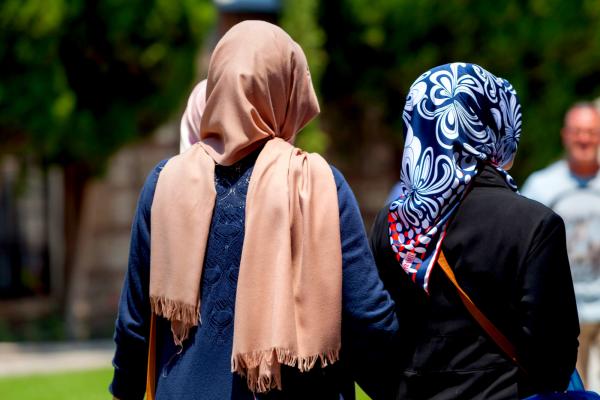Jun 23, 2017
In a political environment in which the anti-Muslim rhetoric in the U.S. is particularly strong, and Europe is facing backlash against refugees and minority populations, a timely new anthology, Mirror on the Veil, offers a refreshing and important look at the very visible practice of veiling among Muslim women.
Read the Full Article

Already a subscriber? Login
